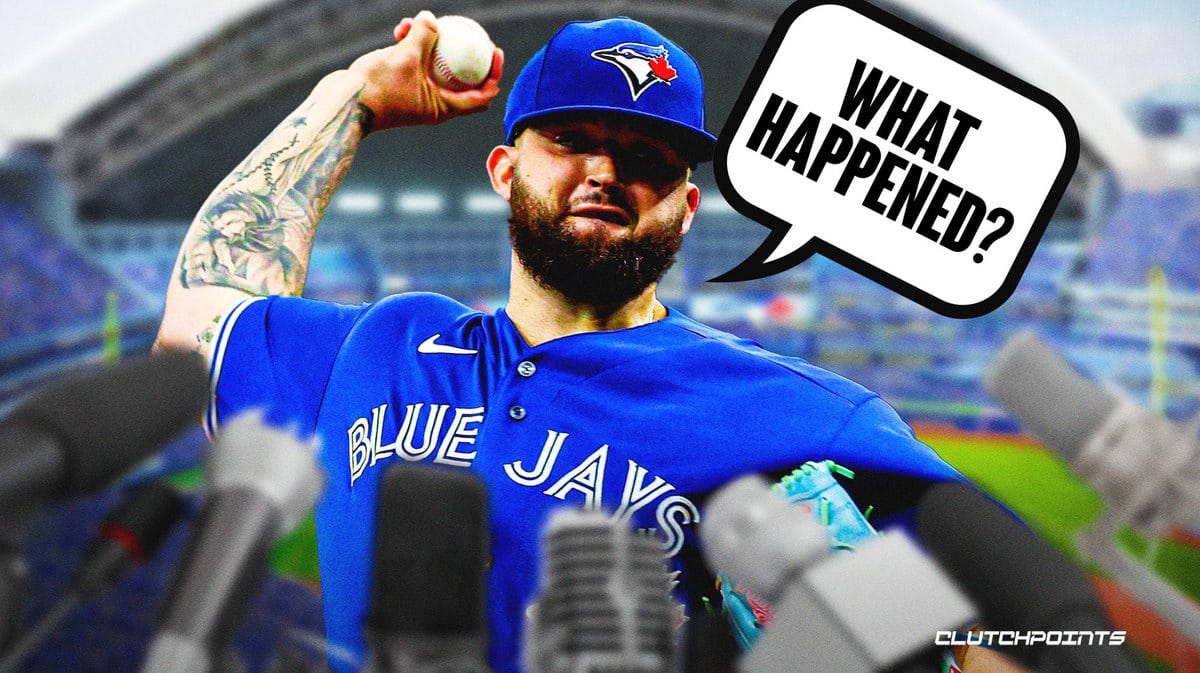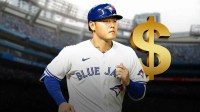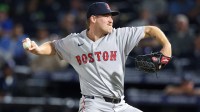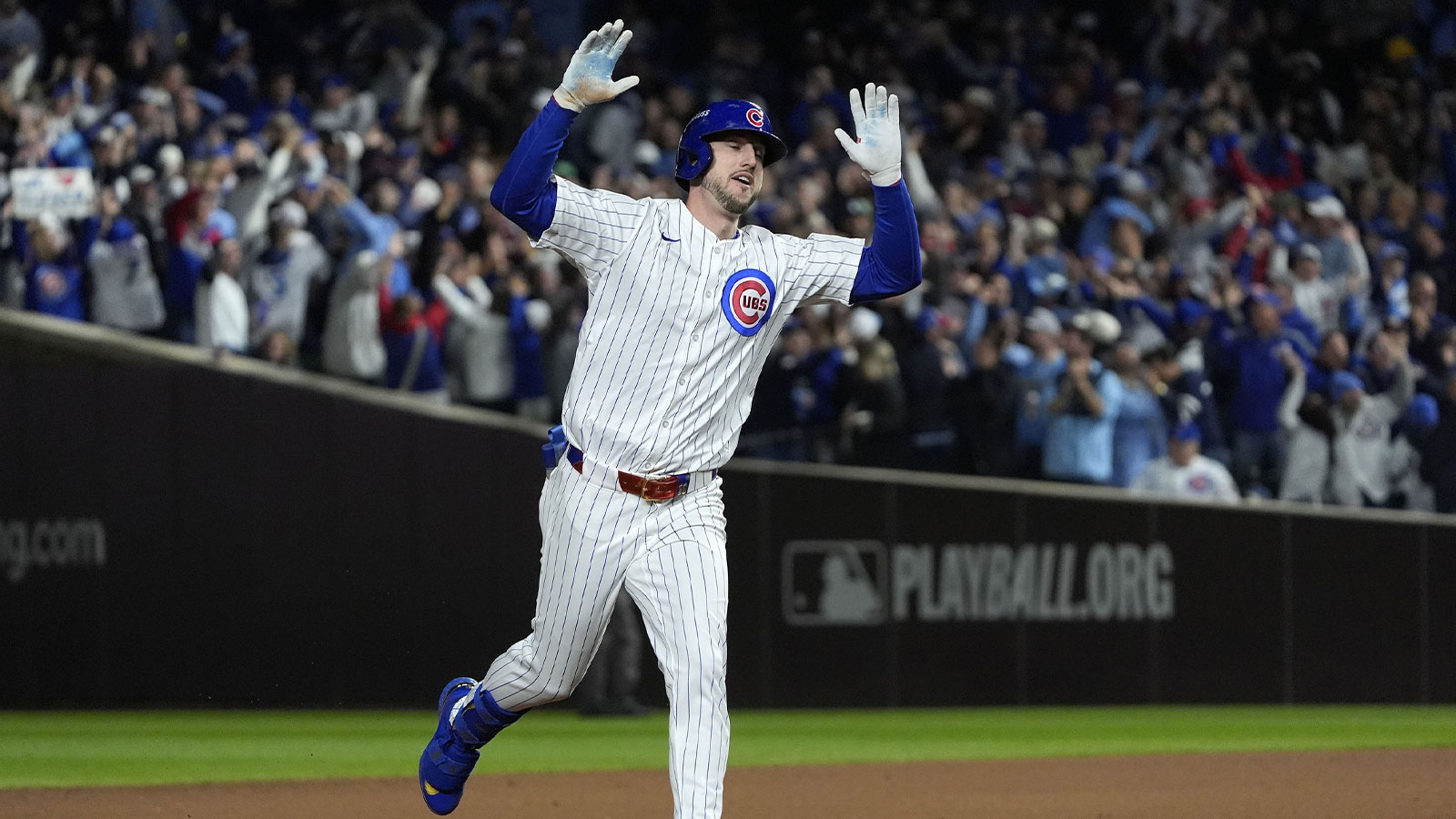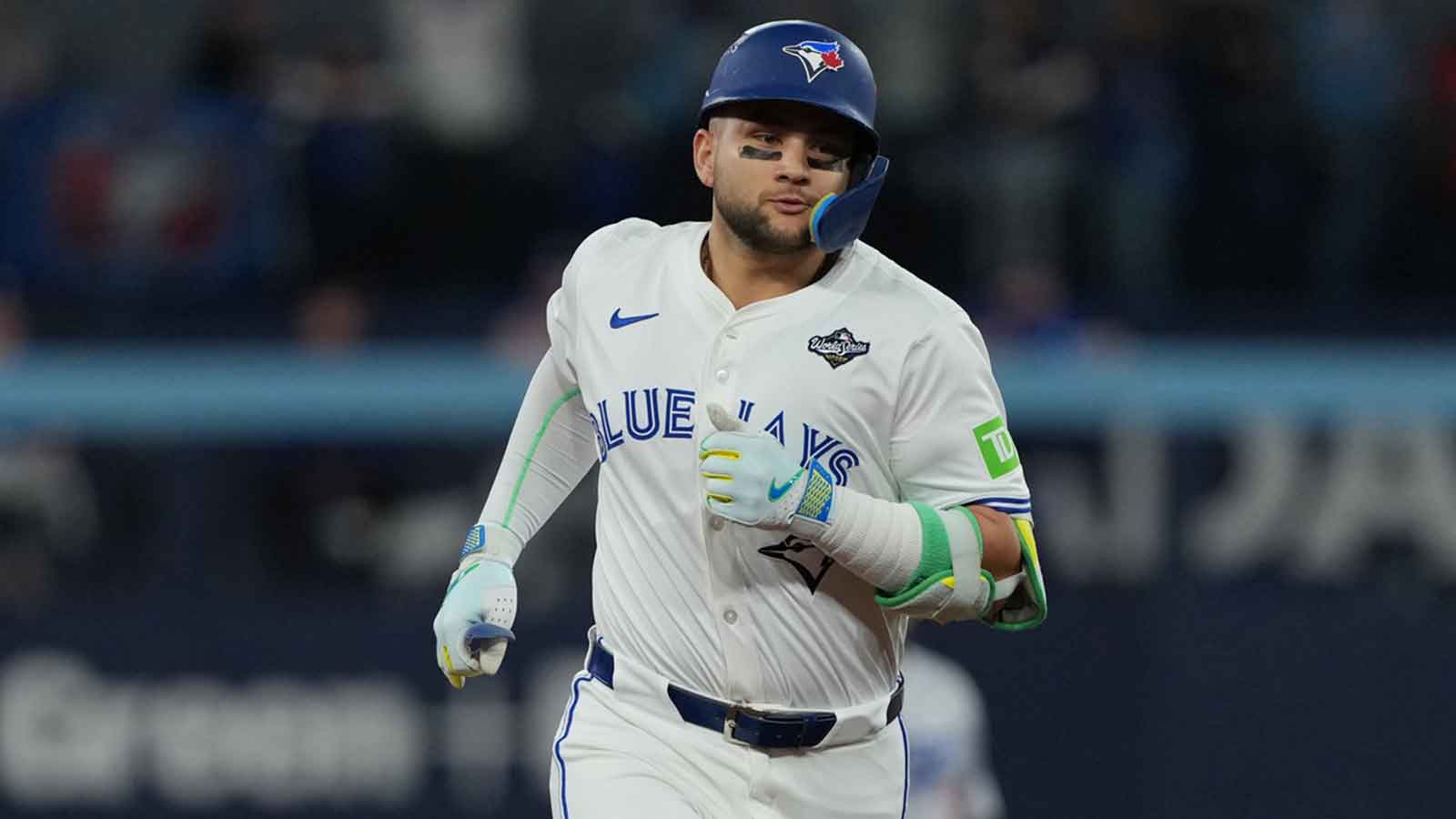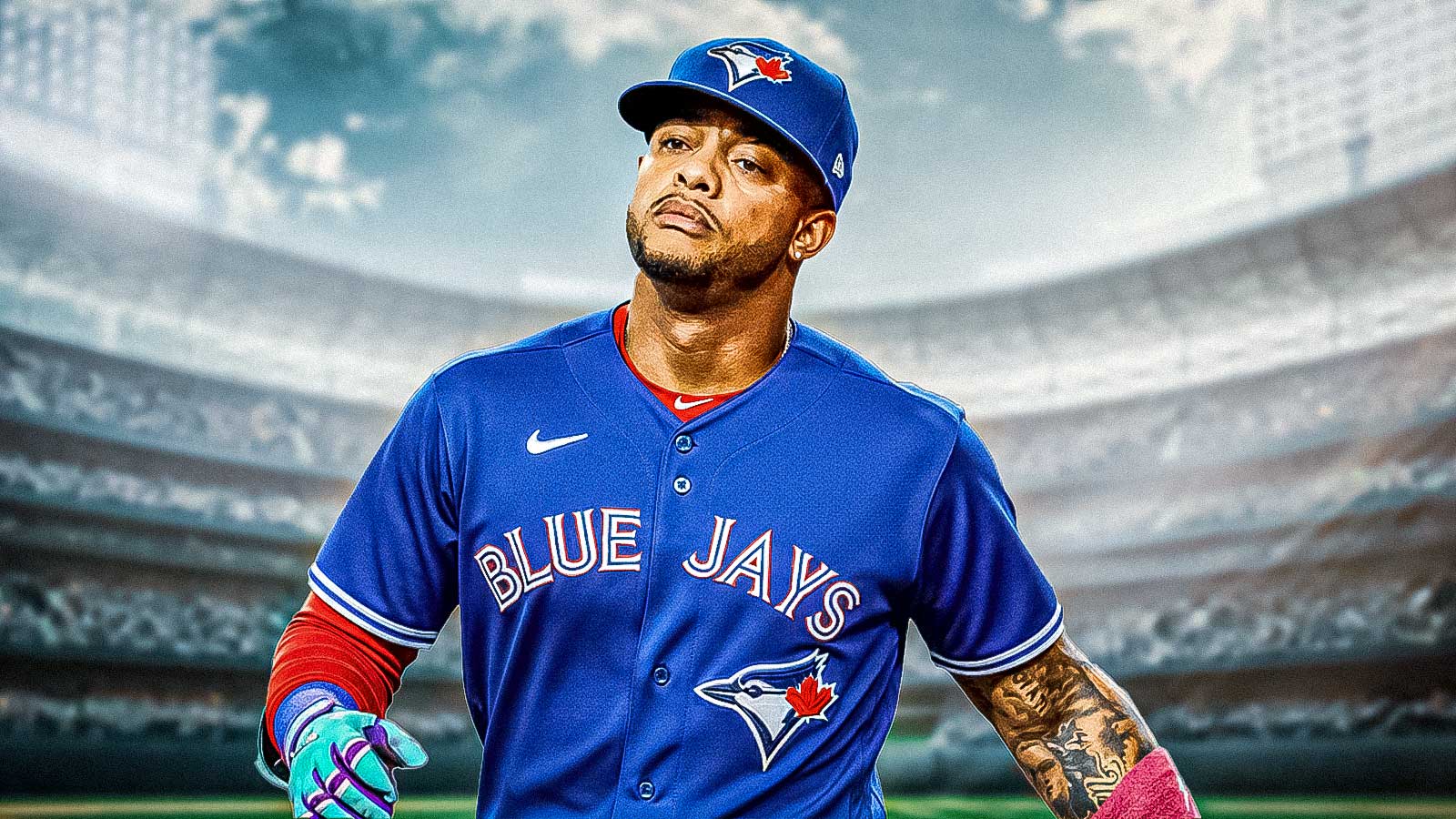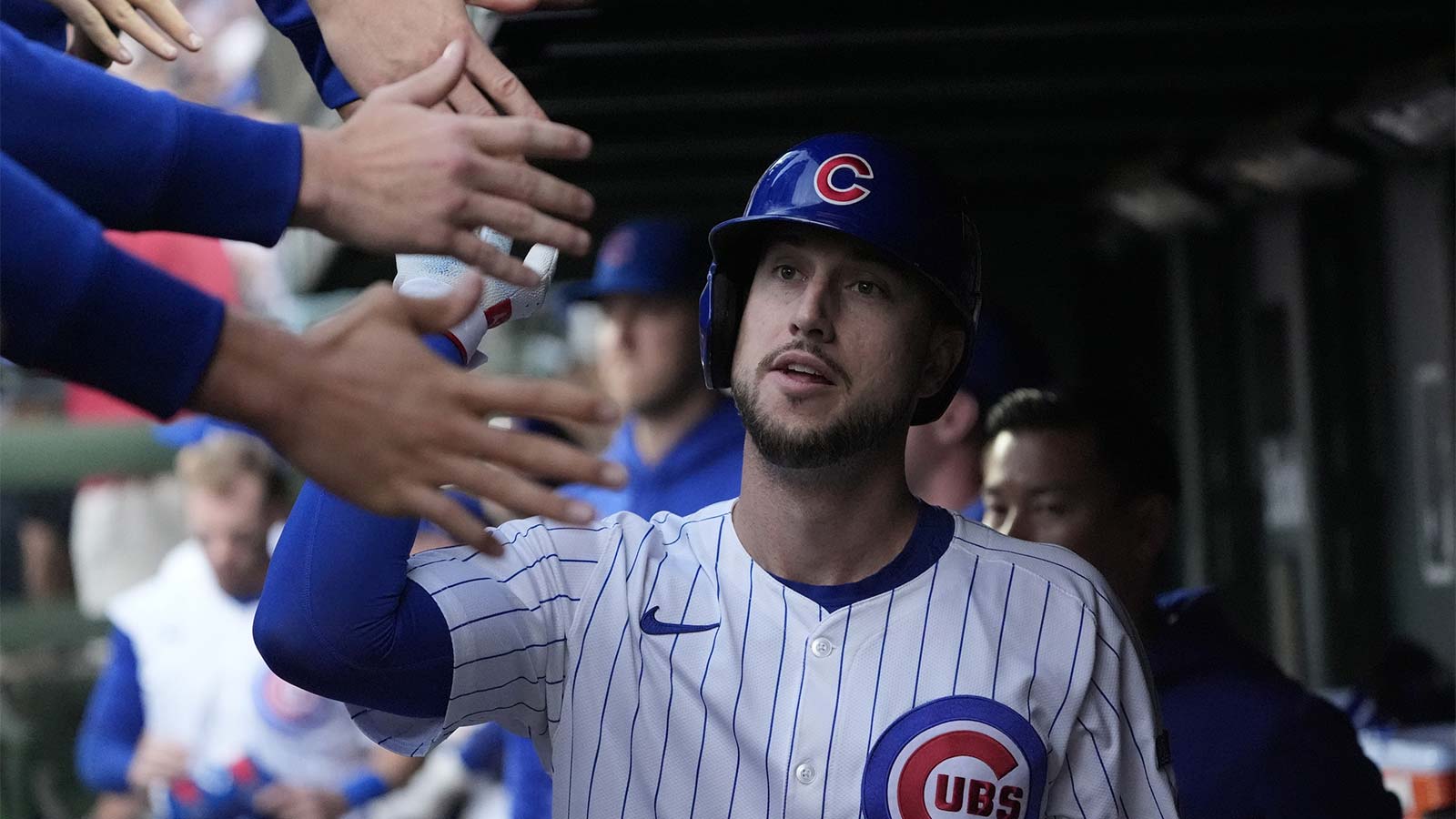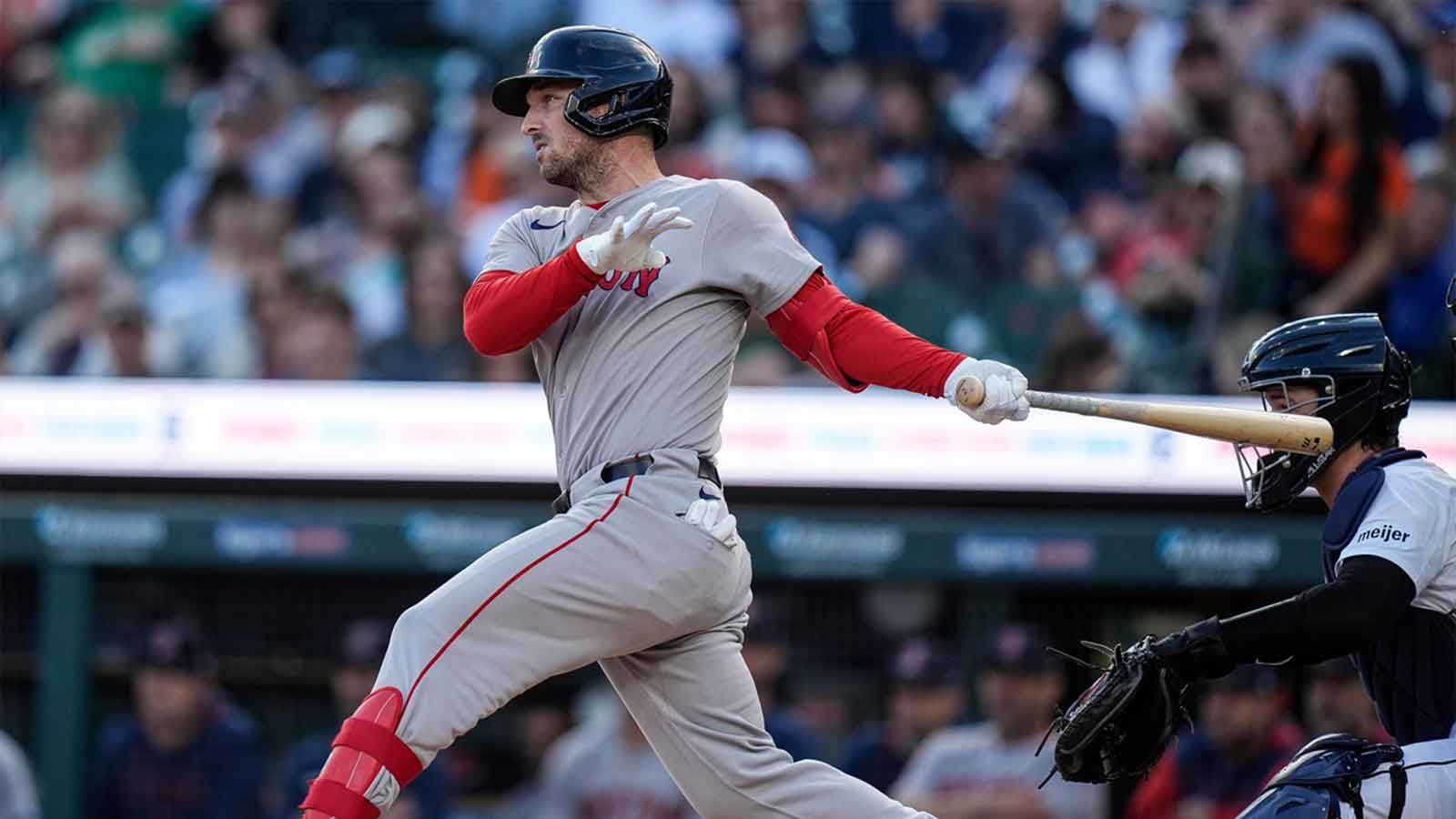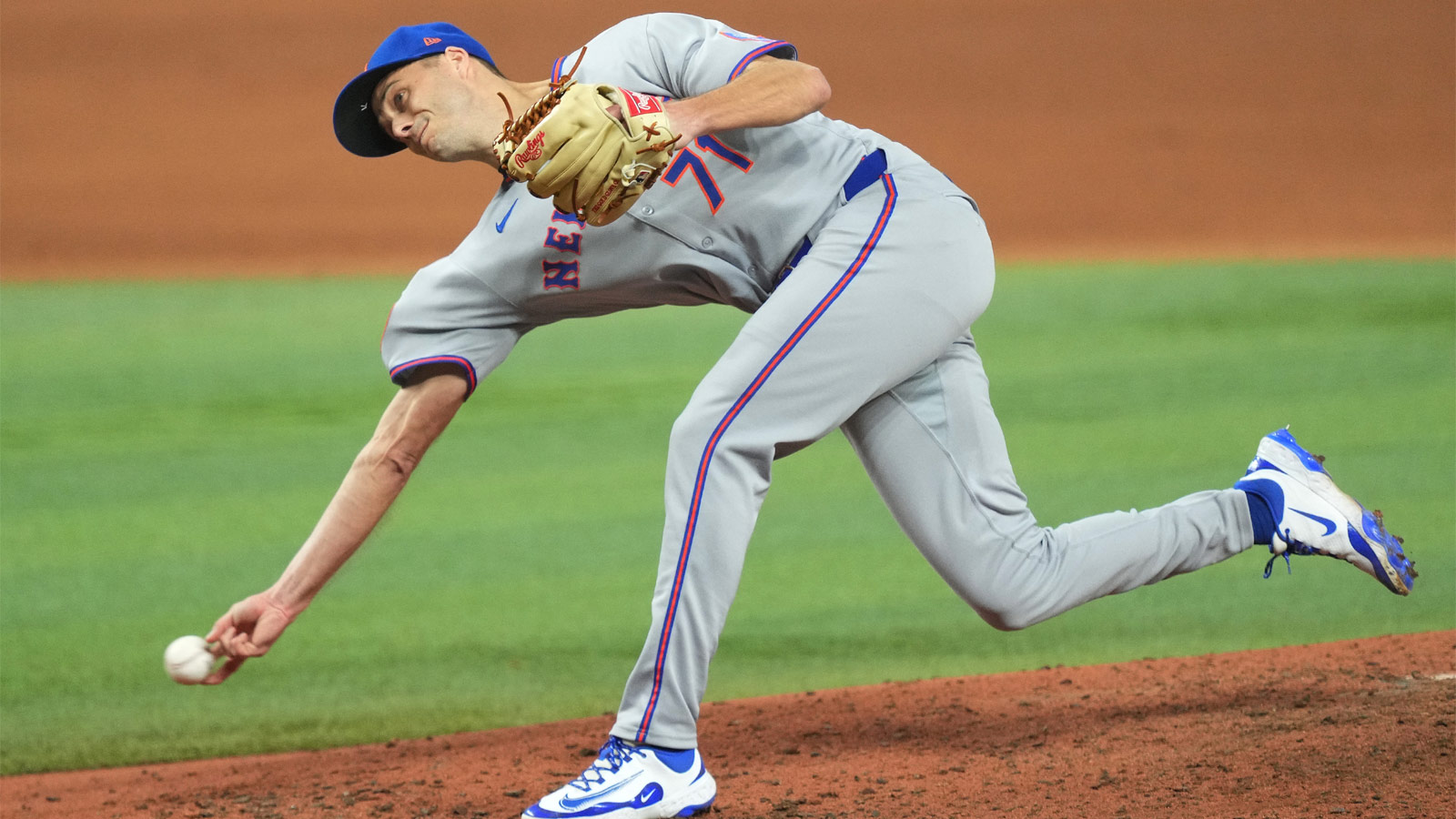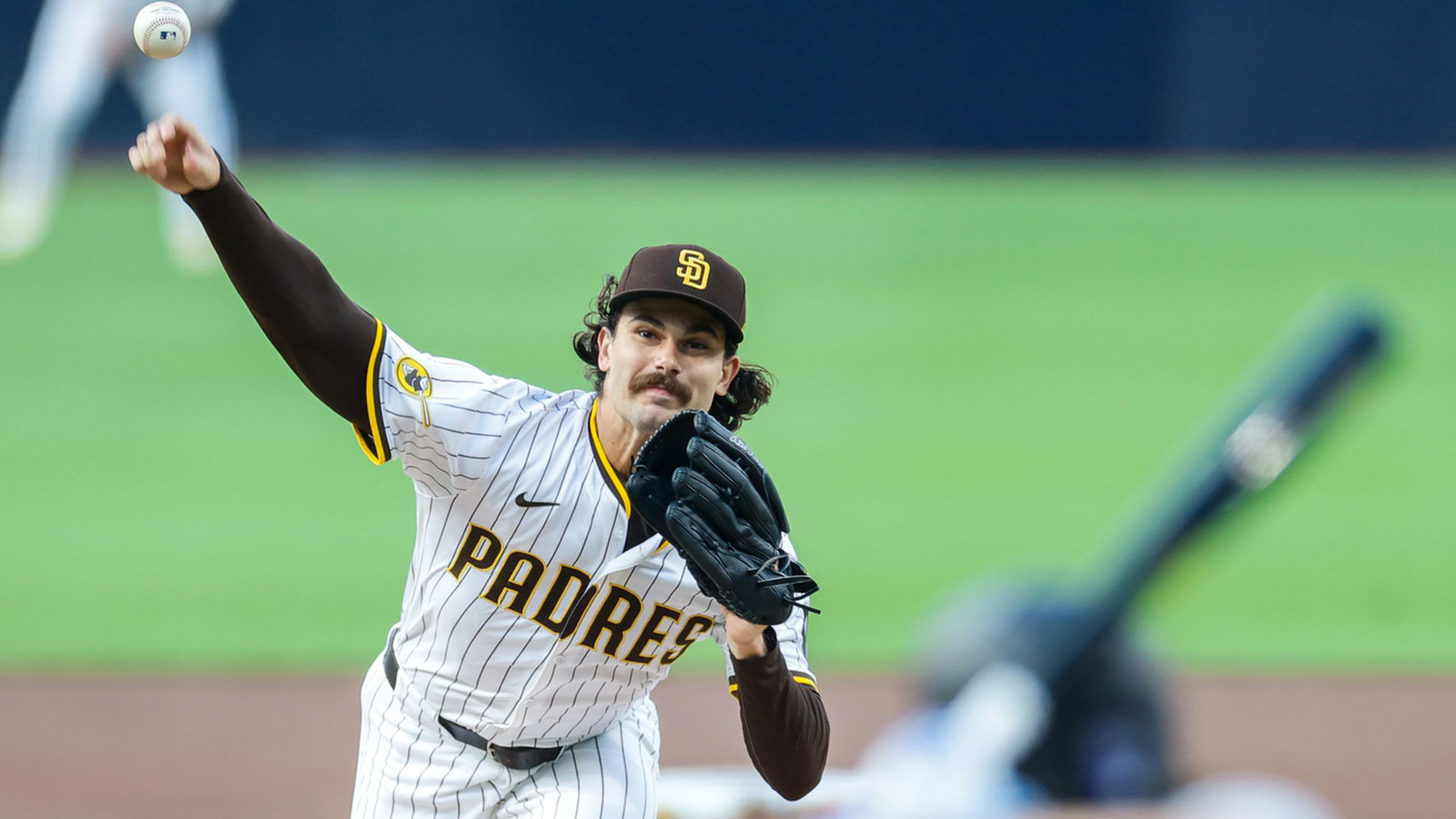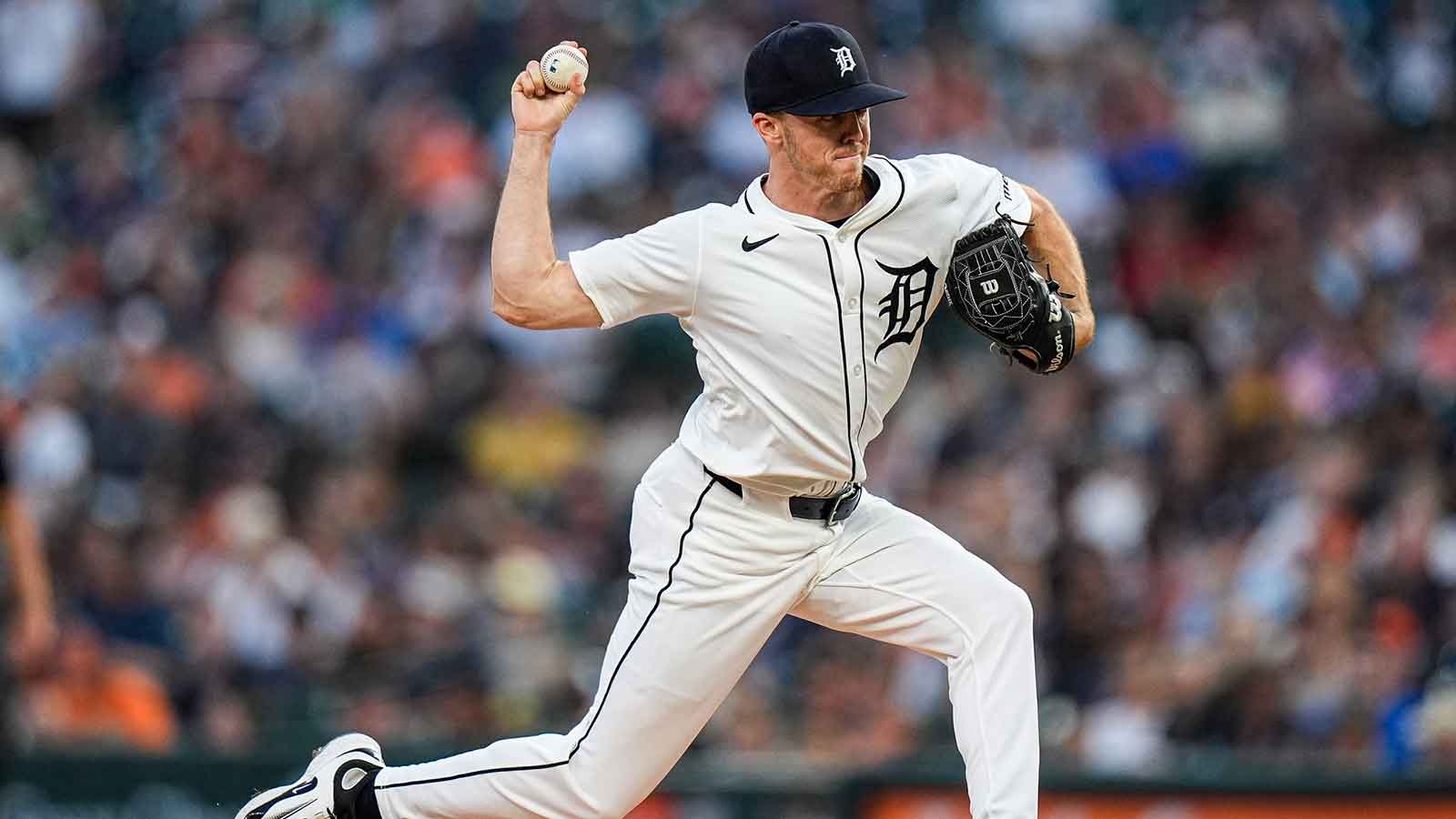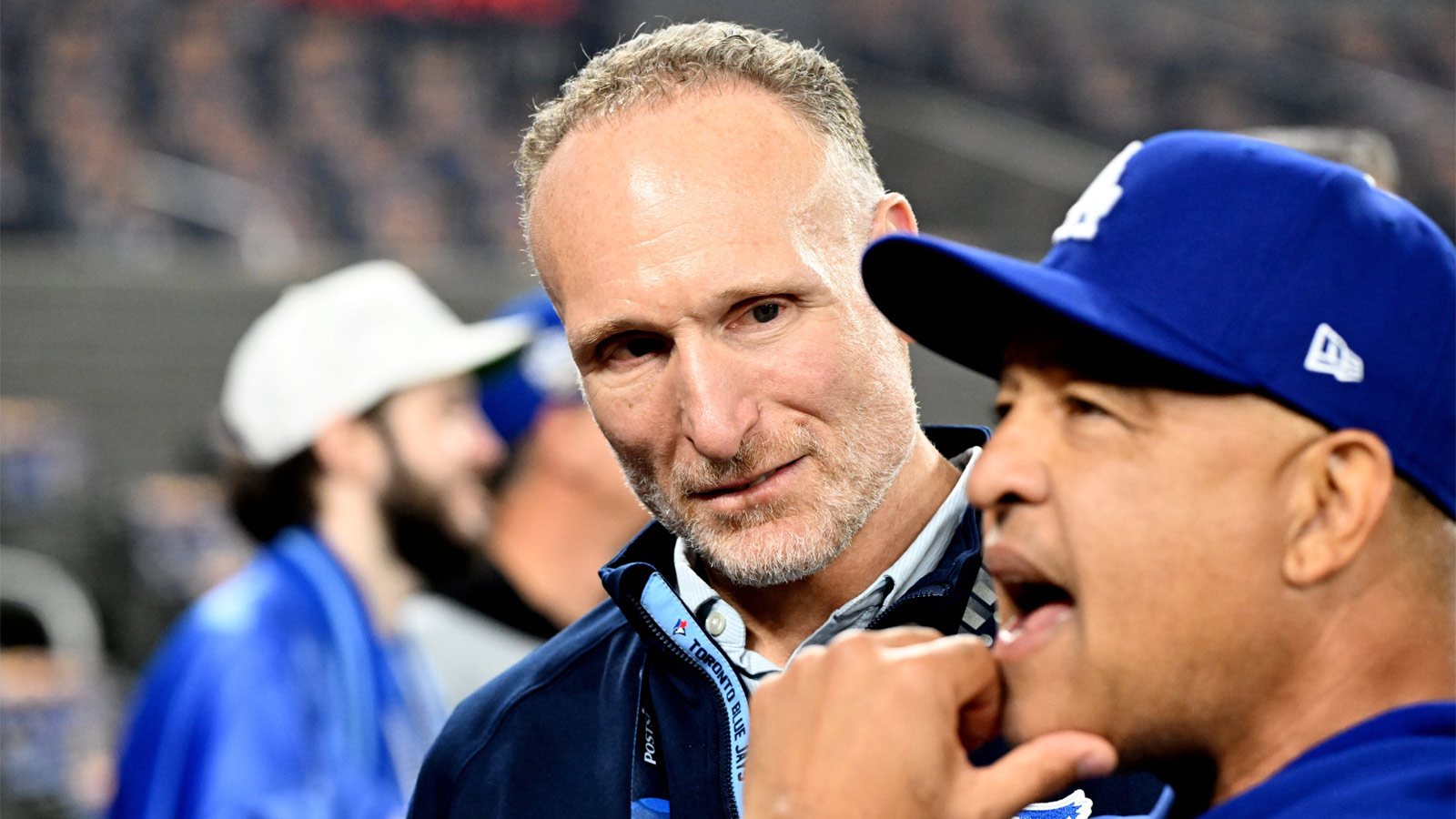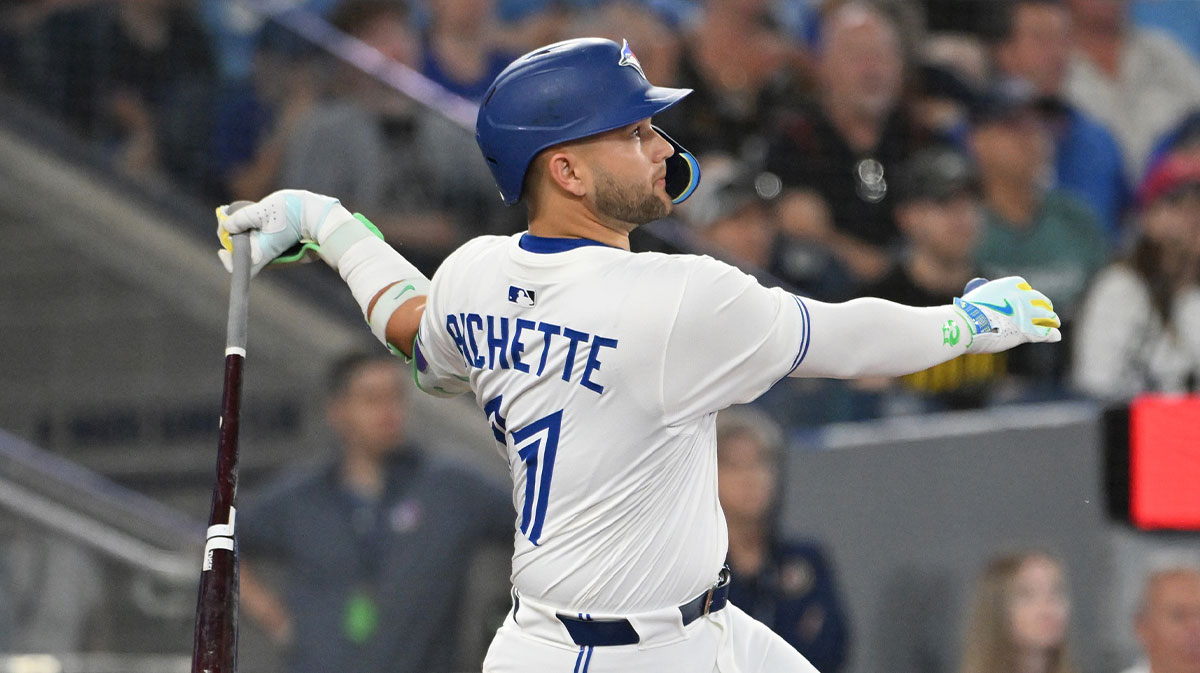The Toronto Blue Jays entered the 2023 season with high hopes of competing in the AL East, banking on the continued development of their young stars to propel them. One player who embodied some of that hope was Alek Manoah. The fireball right-hander captured the attention of fans and analysts alike with his electric stuff and competitive personality last season.
However, this season has been a baffling tale of regression for Manoah, leaving everyone in the baseball world wondering how things went so wrong so fast for one off the games most promising pitchers.
It's all in the numbers
Just a year ago, Manoah was a revelation on the mound. He made waves with his dazzling performances, including in the All-Star game last season, striking out the side while mic'd up, which only added to his aura. He carried himself with the confidence of an old-school ace, yet with a new-school approach.
He baffled hitters with his lethal fastball-slider combination. While his strikeout rates were not eye-popping, Manoah induced weak contact, and carried the fourth best ERA in the league in 2022 (2.24). His performance earned him a third-place finish in the AL Cy Young voting. He was becoming an instant fan favorite in Toronto and was well on his way to being the ace of the Blue Jays starting rotation.
However, this season has been an entirely different story. Manoah's once-formidable arsenal has lost its edge, leaving him vulnerable and struggling to find his footing. Statistics paint a grim picture, where nearly every category imaginable is unrecognizable to his 2022 outing.
For one, he's had as many non-quality starts this season in 12 appearances than he did in all of last season. Where he was in the low two's last season, he now has a bloated 6.36 ERA. Also concerning is his increase in walks — 42 in the first two months of the season in comparison to last year's total of 51 — and a declining strikeout rate. The question on everyone's mind is, what caused this sudden massive decline?
A closer examination of Manoah's performance reveals some alarming trends. One key issue has been his lack of aggressiveness and struggles with control. Mechanically, he's all over the place. Compared to his successful 2022 campaign, Manoah is now pitching outside the strike zone more frequently, inducing fewer swings and misses, and struggling to get ahead in counts, according to Keegan Matheson at MLB.com.
His once-effective slider has become a liability, losing two inches of its horizontal movement, with hitters feasting on it when it stays more in the strike zone. Last season batters were slugging .324 off of his slider, but this year that number has staggered all the way up to .603, with his put away percentage dropping by nearly 10 percent.
For a bigger guy, Manoah isn't one of those pitchers that is going to overwhelm any hitter with his high velocity by power pitching. His fastball averages around 93-mph, and even it has dipped by almost a full mile per hour. Still concerning is his strikeout to walk ratio. It dropped from 3.53 last season, to 1.14 this season.
Hitters aren't chasing his breaking stuff like the slider because it doesn't have the deception it once did, which would make sense for the increase in walks. But, when he's not giving up free passes, hitters are getting on base in the form of hard contact. Again, that doesn't bode well for his style of pitching.
Last season, he limited opposing hitters to a mere 5.4% barrel rate and a 31.5% hard-hit rate, ranking second among qualified AL starters in both categories, per FanGraphs. The outcome of inducing so much soft contact was exactly as intended, resulting in him securing the third-lowest BABIP and HR/FB ratios in the entire league. Skeptics viewed these statistics as evidence that Manoah's performance would decline, while his supporters maintained that his skill in suppressing hard contact was genuinely sustainable. It seems the skeptics are winning.
Besides those mentioned, there could other factors involved, including some of MLB's new rules this season. The implementation of the pitch clock and the faster pace of play may have disrupted the rhythm and timing he once relied upon. These changes in tempo can throw a pitcher off balance and impact their ability to execute pitches effectively.
Given that it's the first season, pitch clock data is still being recorded, but there's obviously been some affect. There's also the banning of the shift. Although his BABIP is up by over a 100 points, his pull percentage doesn't necessarily indicate that having more infielders to one side has been an issue, at least not a glaring one.
The mental game of baseball
Baseball is a mental game as much as it is physical, and Manoah's struggles may stem from a combination of factors. The pressure to live up to last season's success, the weight of expectations, and the relentless grind of a major league season can take a toll on even the most talented athletes. Manoah's confidence, once his greatest asset, appears to have waned, though. The intensity that endeared him to fans has become a double-edged sword, as he demands to pitch through adversity, often at the expense of his own performance.
Nonetheless, the Blue Jays face a conundrum in addressing Manoah's struggles. Sending him to the Florida Complex League is a step towards a controlled environment where the coaching staff can analyze and hopefully rectify his mechanics and delivery.
However, the team lacks viable alternatives in the rotation, making it difficult to replace Manoah's spot in the short term. The urgency to find a solution to his absence is heightened by the Blue Jays position in the highly competitive AL East, where they're currently 10 games back of first place.

